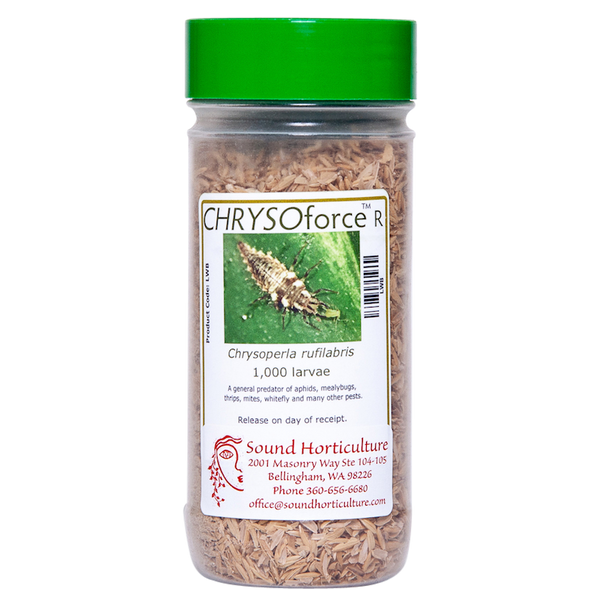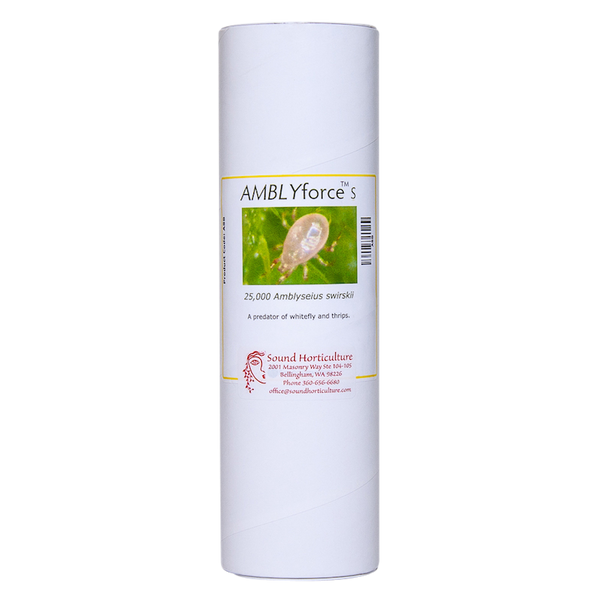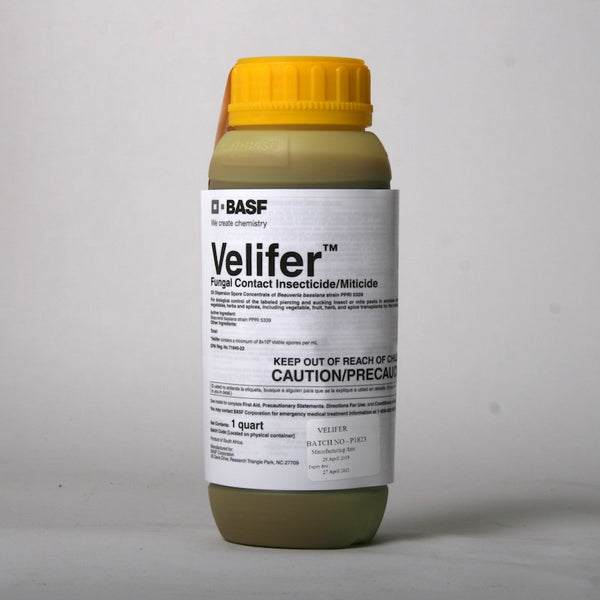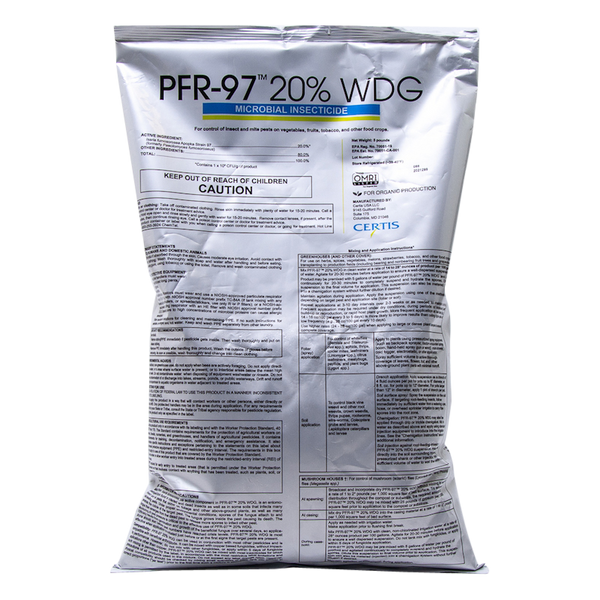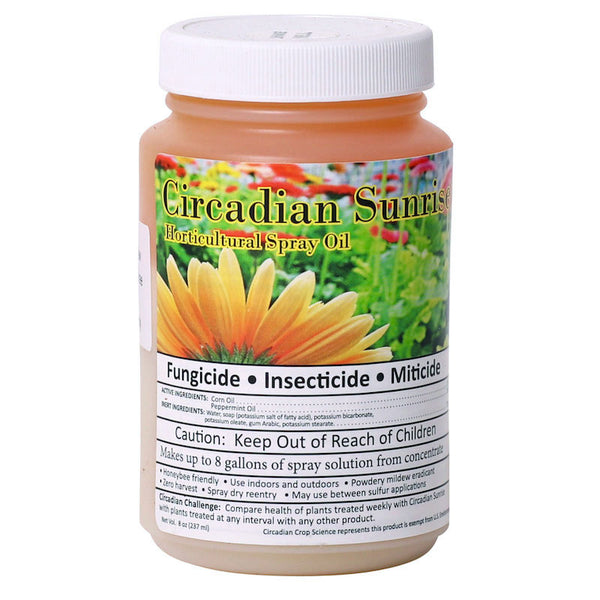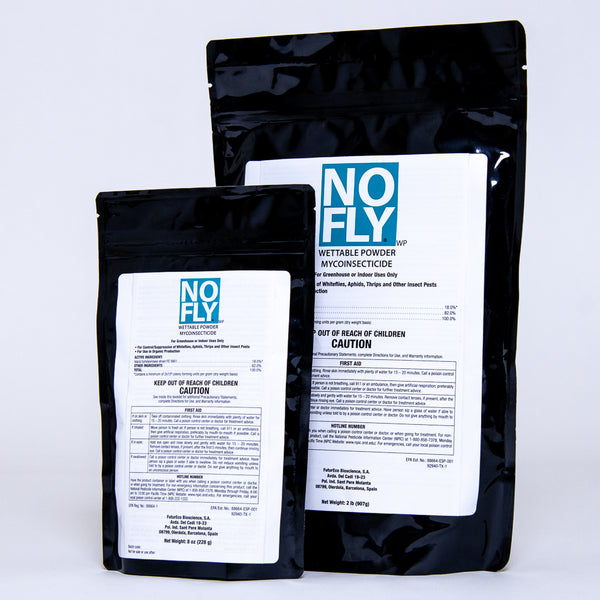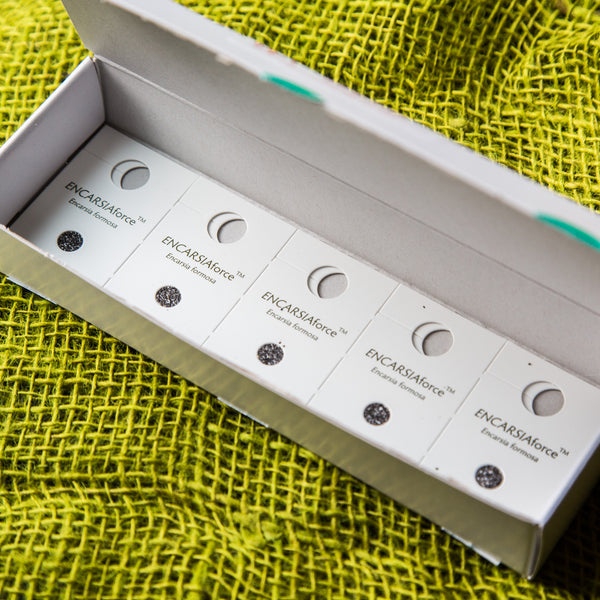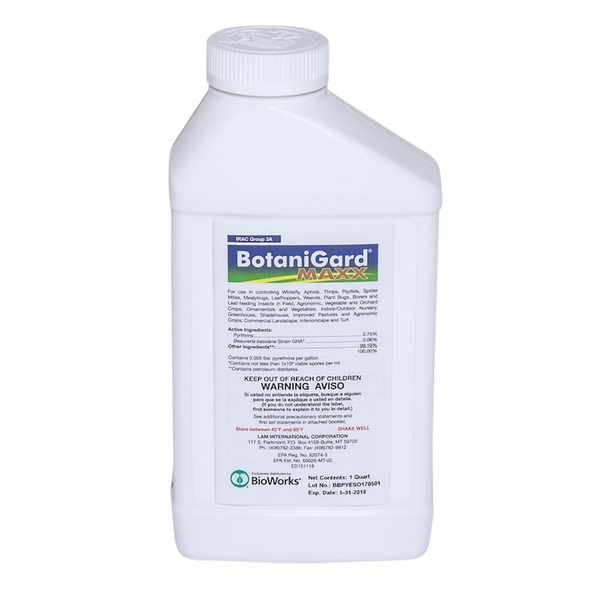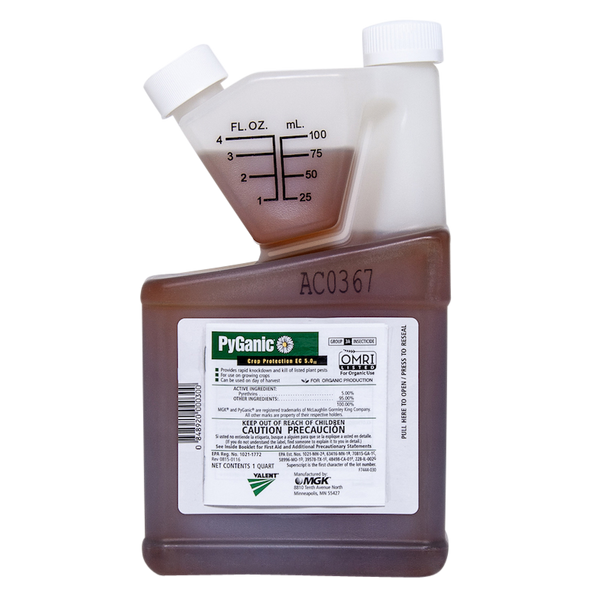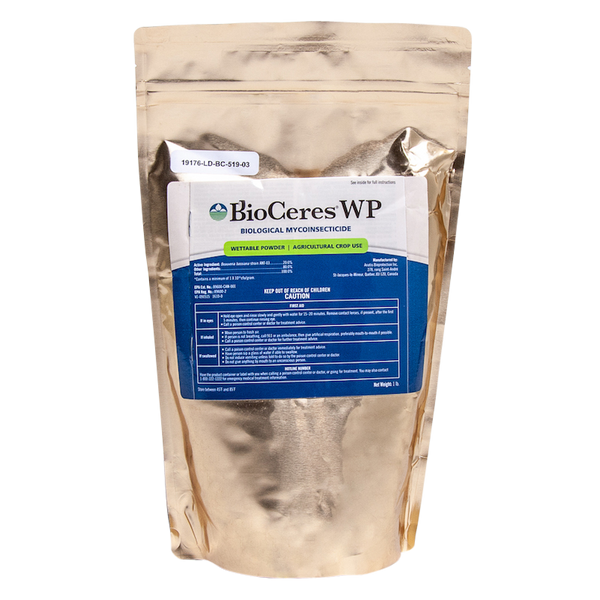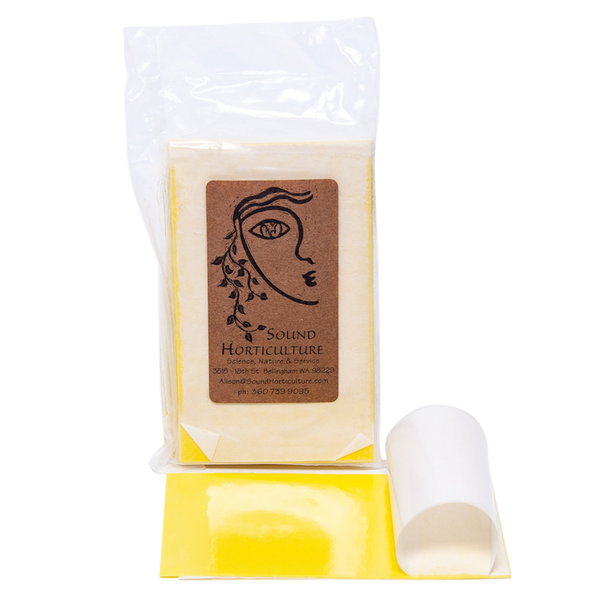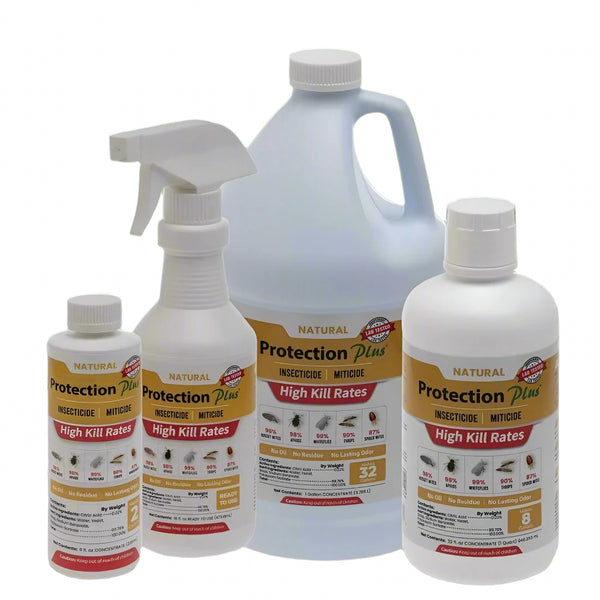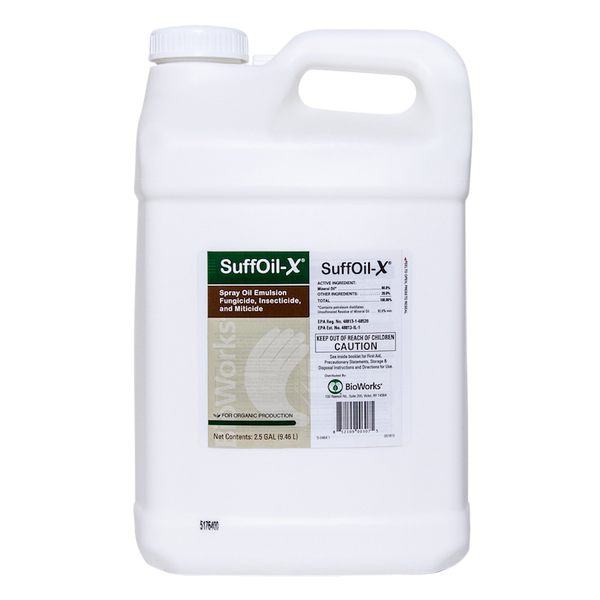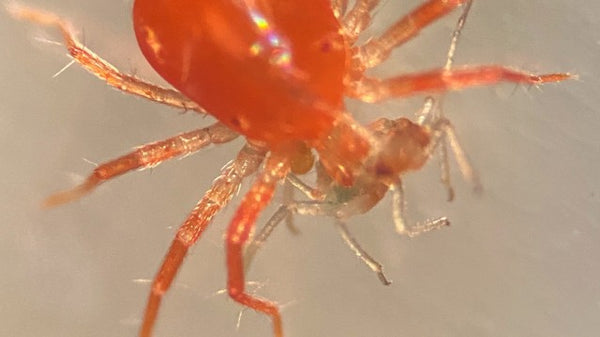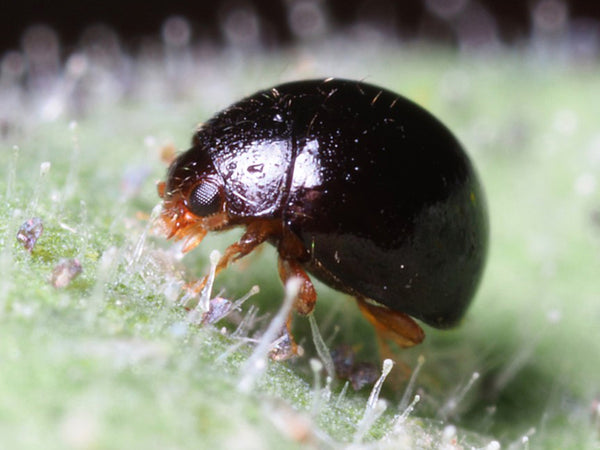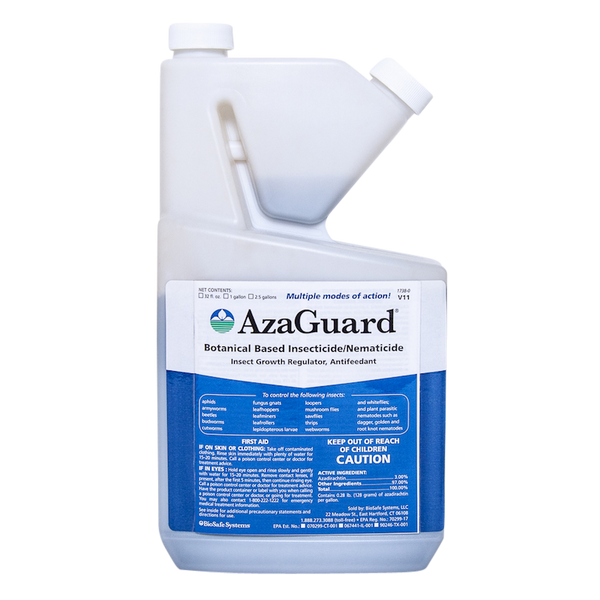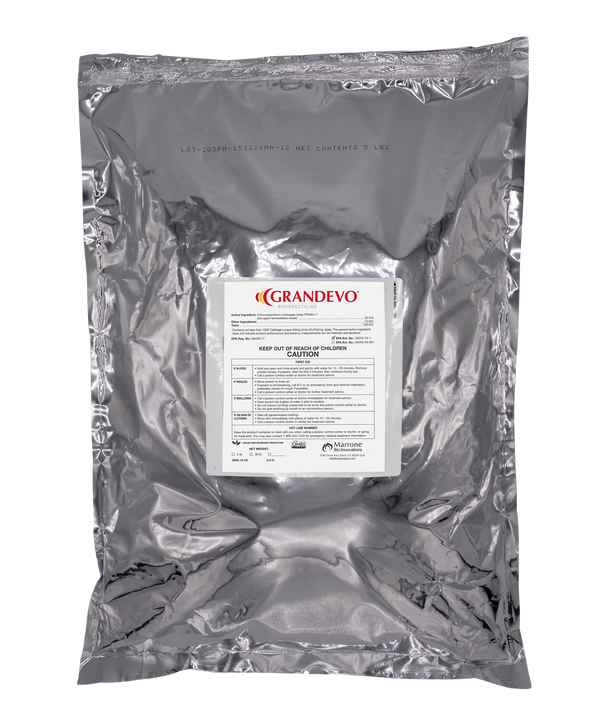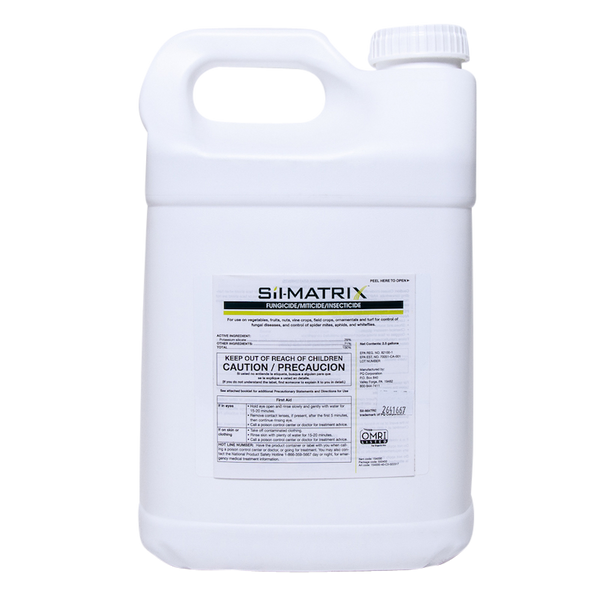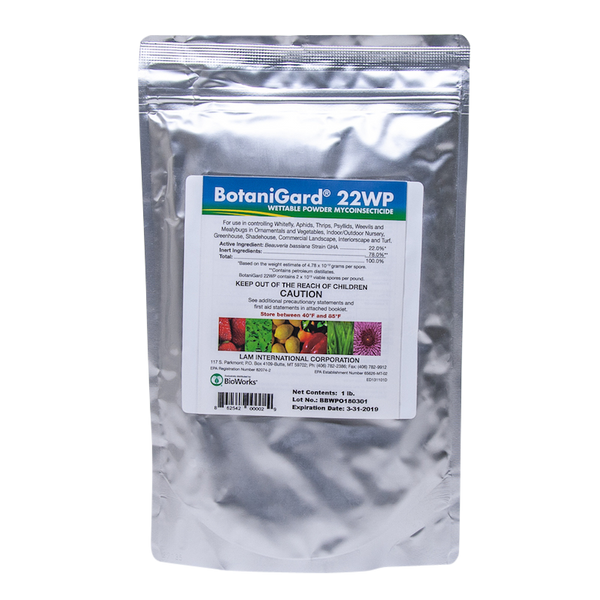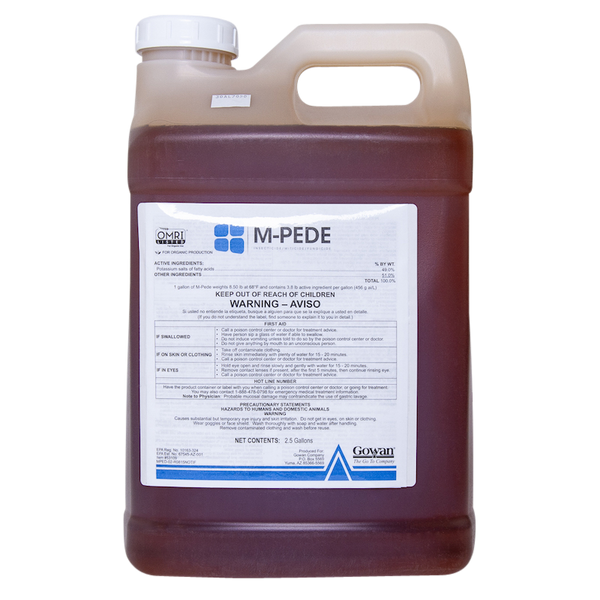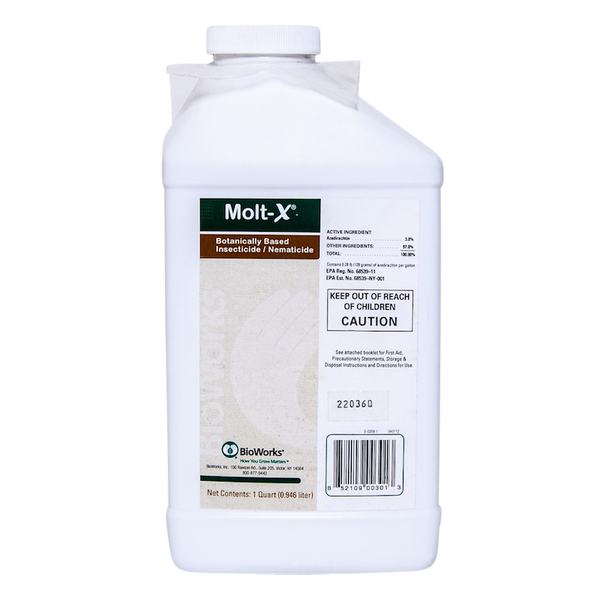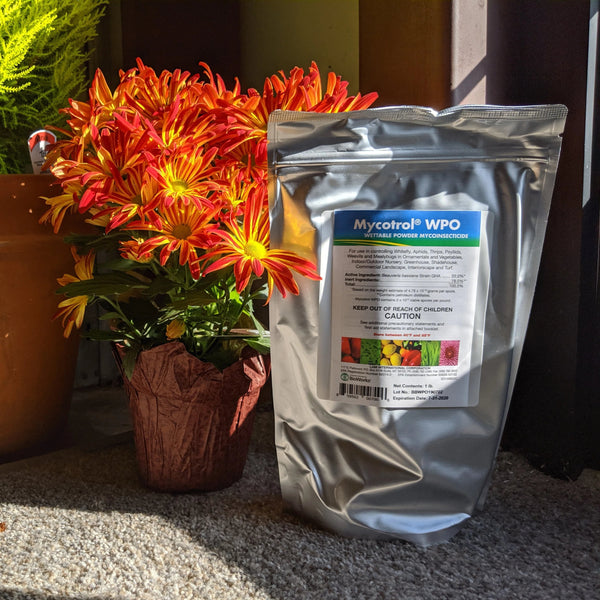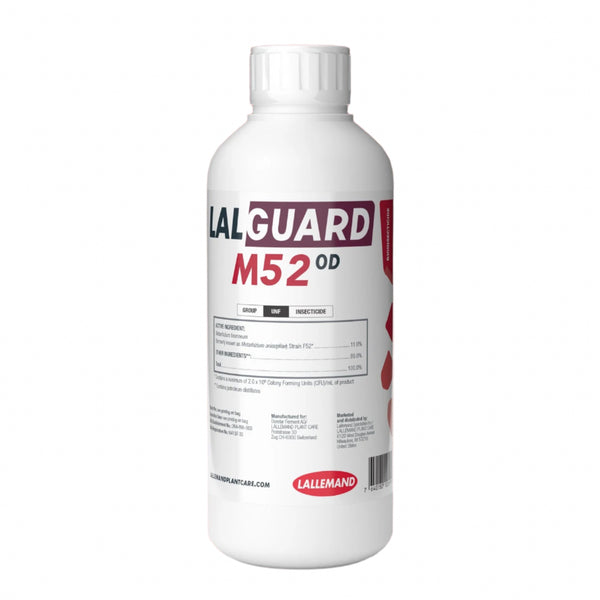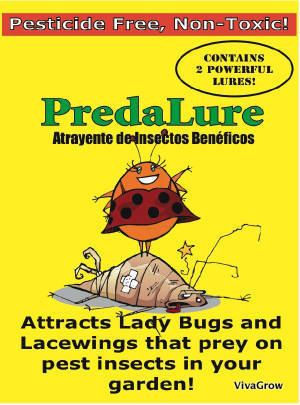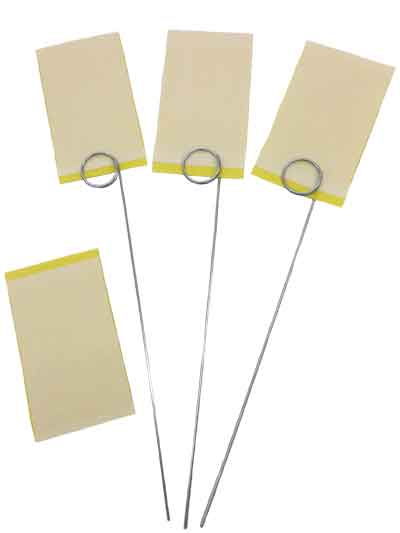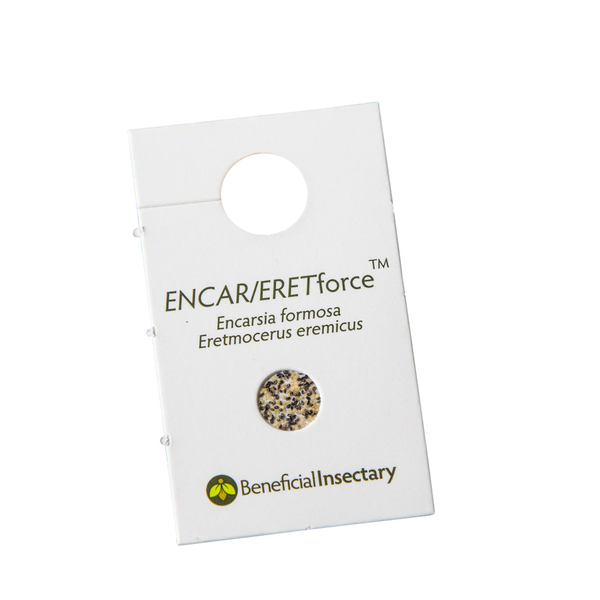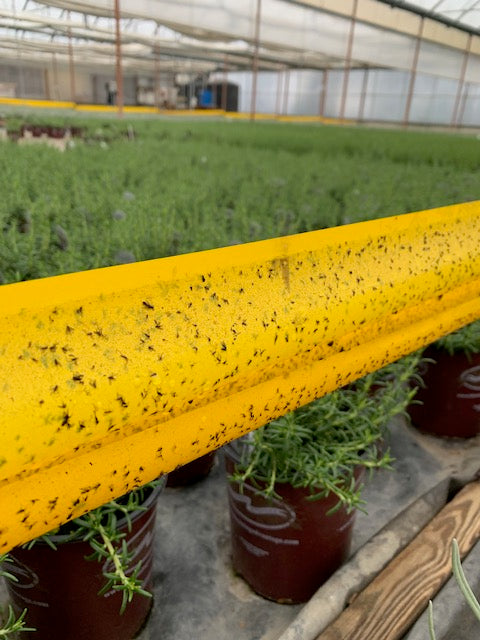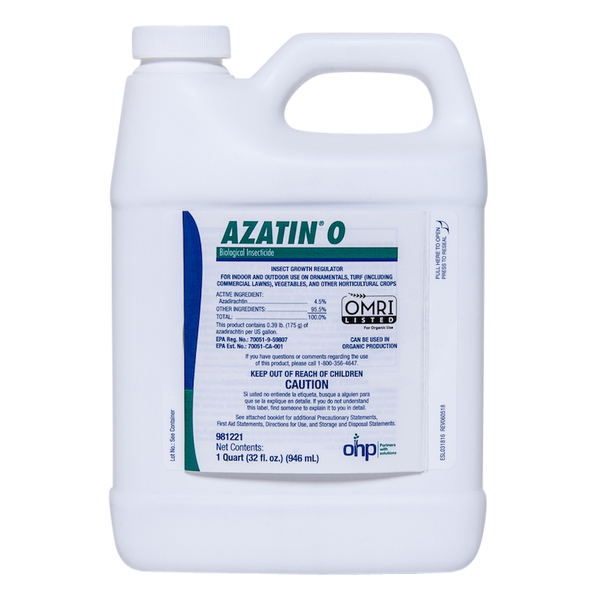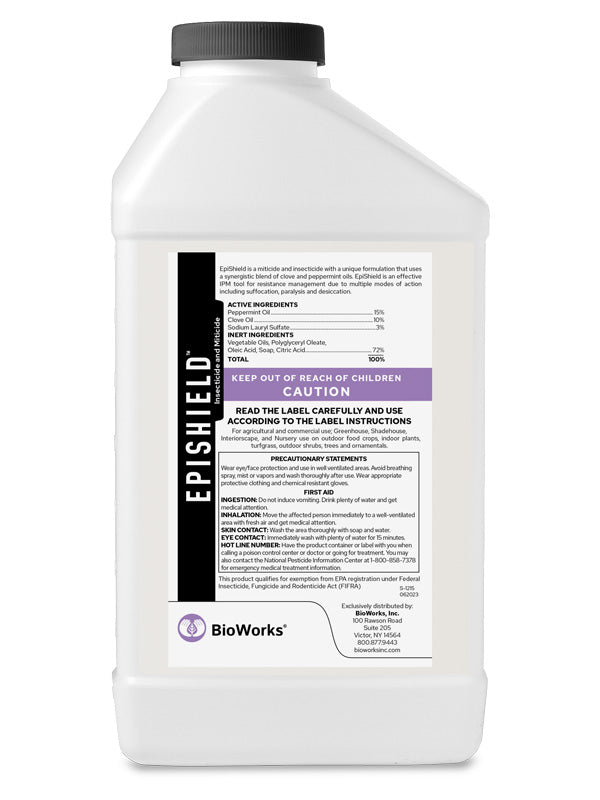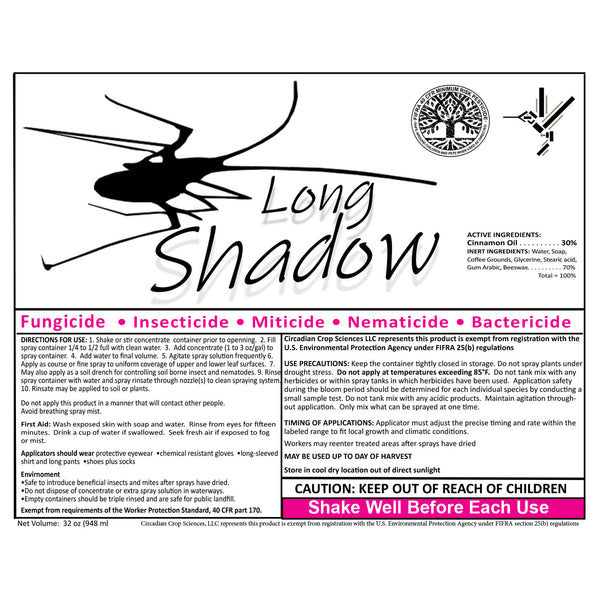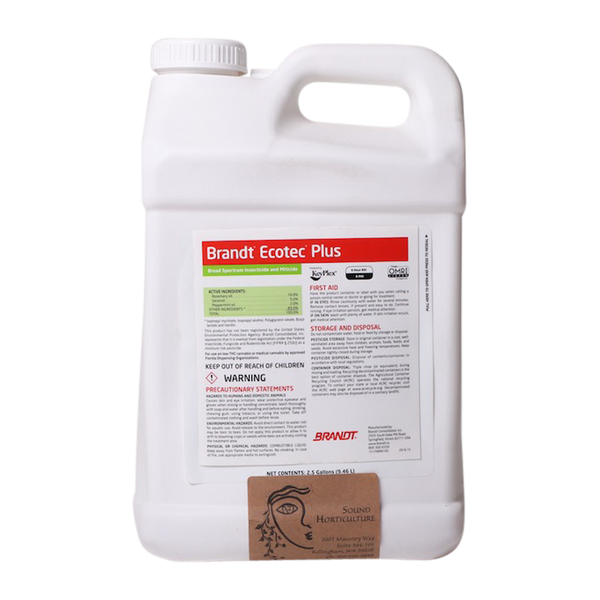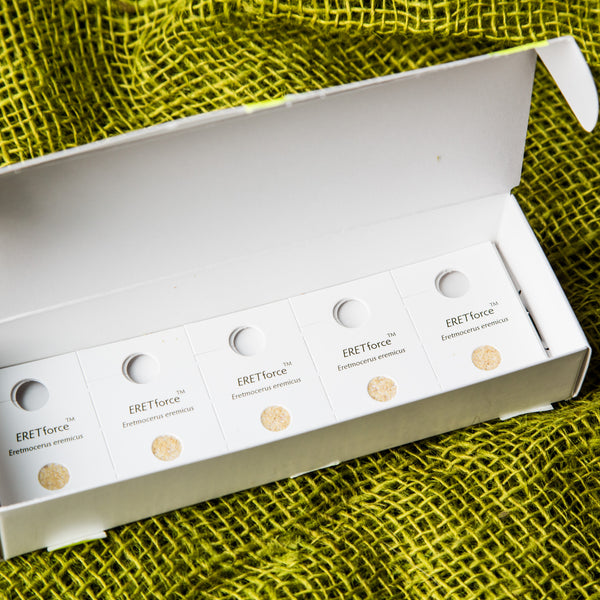Whitefly Control
Please always review product labels prior to purchase to confirm the product you are purchasing is labeled for the specific pest/disease & crop you are treating.
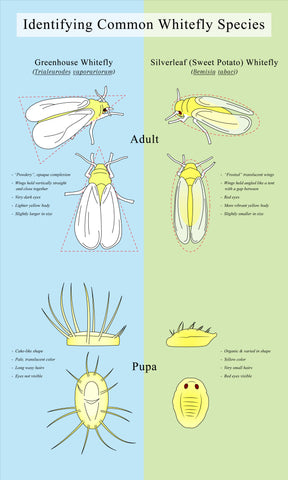
FOR YOUR FILES: Bemisia spp. Tech Sheet (PDF)

-
Whiteflies damage crops by sucking plant sap, which weakens plants and causes shoot and leaf distortion. A more serious problem is the large amount of honeydew they secrete onto leaves and fruit. The honeydew is colonized by sooty molds, which reduces the quality of greenhouse vegetables and ornamentals. The main pest in greenhouses is the greenhouse whitefly (Trialeurodes vaporariorum). The sweet potato or silverleaf whitefly (Bemisia tabaci) is usually a problem on ornamentals, such as poinsettia. Sweet potato whitefly can also spread plant viruses. It is important to identify the species of whitefly correctly because the risk of spreading plant viruses differs between the two species as do treatment recommendations. It is difficult to identify whiteflies trapped on sticky traps, therefore examine adults and
immature whiteflies on leaves. Both adults and larvae are found on the undersides of leaves, the adults mostly on upper plant leaves, the larvae lower down on the plant. Larvae are flattened, legless, translucent ‘scales’, 1/30 inch (0.8 mm) long. Adult whiteflies are 1/25 inch (1 mm) long and a powdery white.Greenhouse Whitefly (Trialeurodes vaporariorum) adults are powdery white with wings that form a triangular profile. Pupae have setae arranged in a ring around the top edge of the scale.
Sweet Potato Whitefly (Bemisia tabaci) adults are smaller, less powdery, and slightly yellowish. Their wings form a tent-like canopy over their body, and their abdomen may be seen between the wings. Pupae have setae scattered across the scale.
GREENHOUSE WHITEFLIES SWEET POTATO WHITEFLIES
Always obtain an accurate diagnosis and ensure you are using good cultural and sanitation practices. Local extension offices will generally be able to identify your pest. Additionally, feel free to send us images and we will do our best to assist you.
Availability
Price
- 1
- 2

